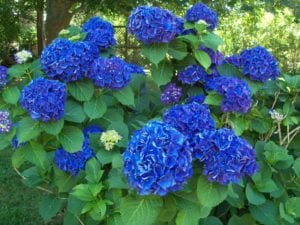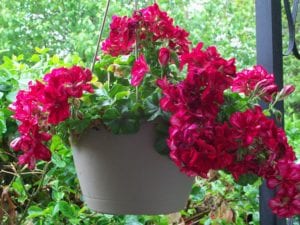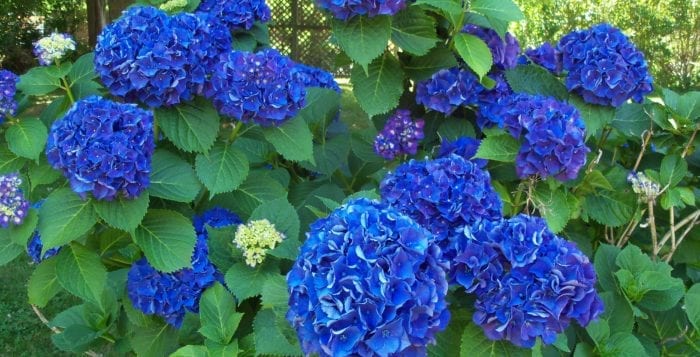Gardening: Watering the Long Island garden
By Ellen Barcel
If you’ve checked lately, you’ve seen that in some of the prime growing months (March, April, June and July) we’ve had less rain than we usually get. June in particular registered just over one inch at Brookhaven National Laboratory, while the average is almost four inches. This situation happened last year as well. The U.S. Drought Monitor (www.droughtmonitor.unl.edu) noted that as of the end of July, central Suffolk is in a severe drought and the rest of Long Island in a moderate drought. Riverhead Town has even asked residents to cut back on water use.
On average, Long Island gets about four inches of rain per month. On average, it rains once every three or four days. This is generally ideal for most plants grown here including lawns. But, we could get a week of rain followed by three weeks of virtually no rain. On average, we’re doing just fine but many plants will not make it through those three weeks of drought. So, gardeners need to be aware of not only the current weather but their plants’ requirements.
10 things to consider:
1. Is this a time of even mild drought? If it is, you need to make sure you water plants as needed. Follow local restrictions and recommendations on when to water.
2. Sandy soil lets excess rain drain quickly — if all the rain comes at the same time, there will be days or weeks when your plants are drying out.

3. Consider what are the ideal conditions for the plants you have selected. Geraniums are very drought tolerant, for example, while hydrangeas are not.
4. Native plants are more adapted to changing conditions. They are more accustomed to heavy rain or times of drought. This doesn’t mean that you can ignore them completely, but if you are away for a week or two, you don’t need to worry that your garden will be burned to a crisp when you return. Nonnative plants with similar requirements should do well here as well.
5. Lawn sprinklers don’t always give enough water for shrubs and trees. I have several hydrangeas that don’t get enough water from the sprinkler system. So, I need to be aware of when it rains (then all plants get watered). If it doesn’t rain for a few days, I start checking these hydrangeas and may need to hand water them even if the sprinkler was on. After all, hydrangeas are, quite literally “water vessels.”
6. Drip irrigation systems bring water to the roots, keeping leaves dry and therefore less likely to get fungal diseases. Also, less water is lost to evaporation, which can happen with sprinkler systems.
7. Plants with taproots (oak, catalpa, dandelions, etc.) do better in times of drought than plants with more surface roots. These taproots reach way down into the soil, where there’s more likely to be water.
8. Unless you have clay soil, you generally don’t have to deal with a situation of too much water. Long Island’s generally sandy soil drains quickly. If you do have a spot where water collects, consider a rain garden there, that is, plants that tolerate standing water.

9. Plants grown in containers need special consideration. Small pots dry out quickly. Clay pots dry out more quickly than man-made materials like plastic. If you’re going to be away on vacation, you probably need someone to come in and water your containers and hanging baskets at least every few days. Moving them out of the direct sun can also help. Look for self-watering planters that have a large water reservoir that you can fill up before you leave. Use watering crystals, which hold excess water and then release it as the soil dries out.
10. The leaves of plants grown in containers can act like umbrellas over the container’s soil. So, even if it’s rained a lot, check those pots to make sure that the rain penetrated down into the soil. I’ve seen bushy plants in containers easily dry out, even after a heavy rain. Ellen Barcel is a freelance writer and master gardener. To reach Cornell Cooperative Extension of Suffolk County and its Master Gardener program, call 631-727-7850.







